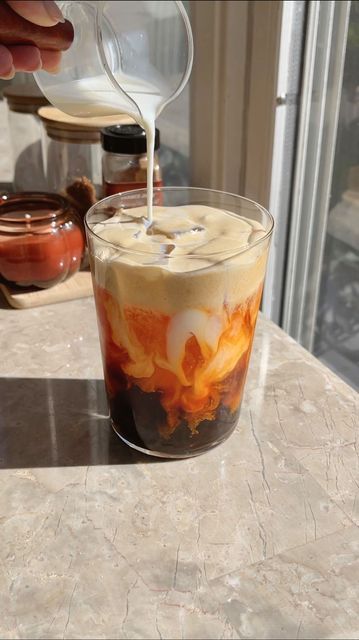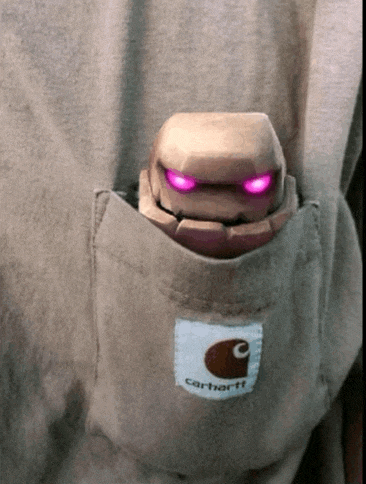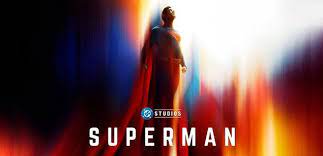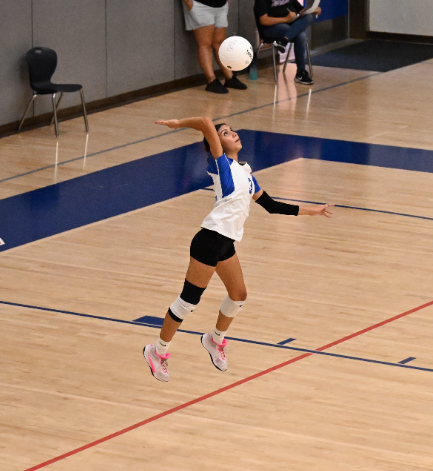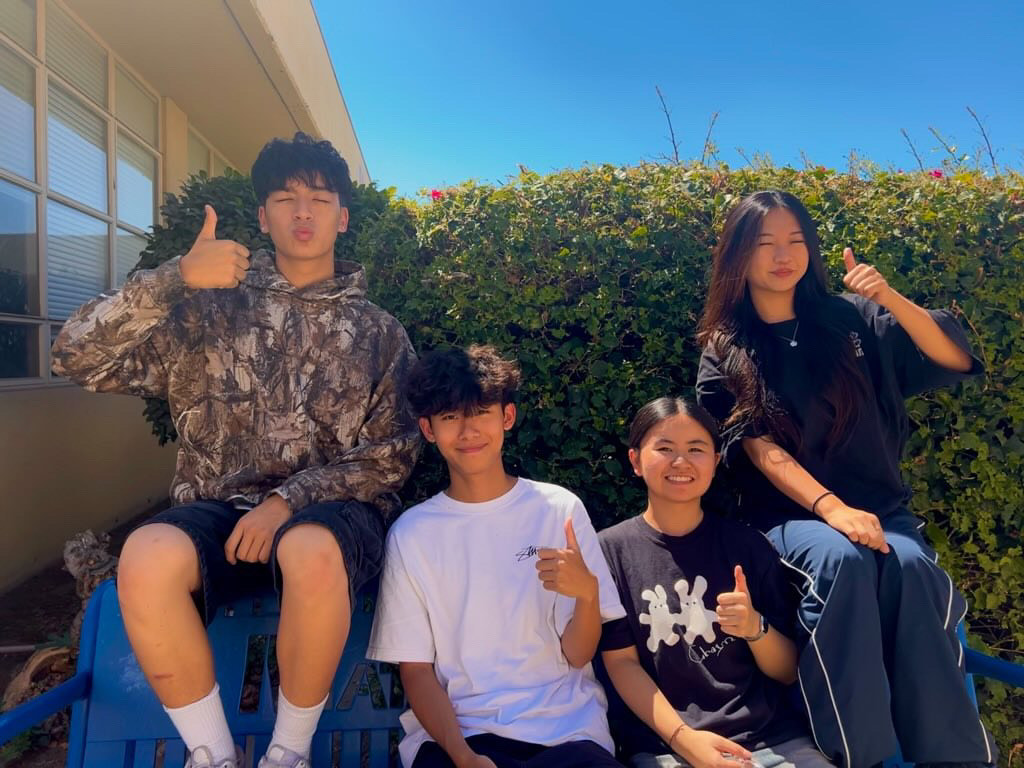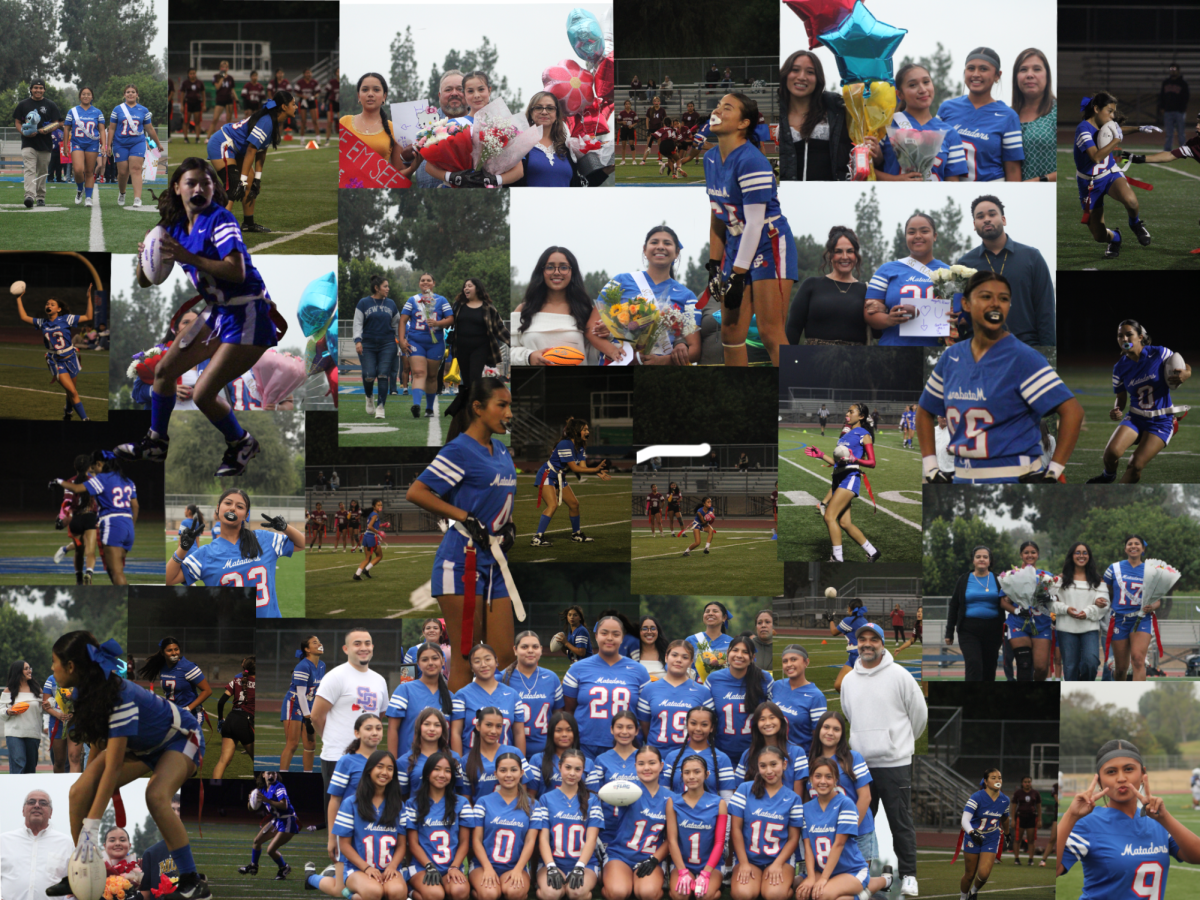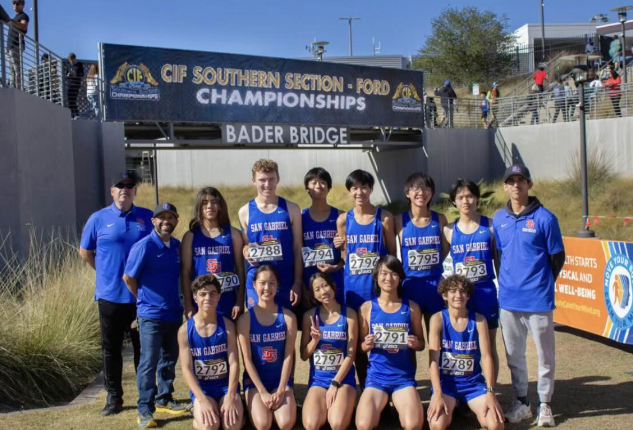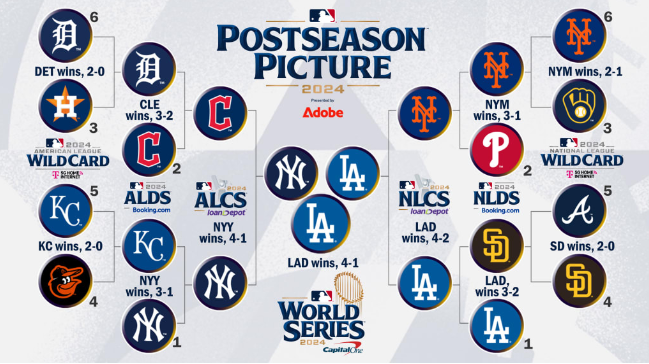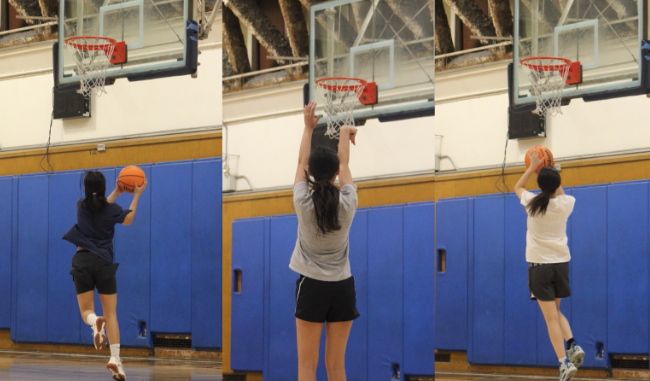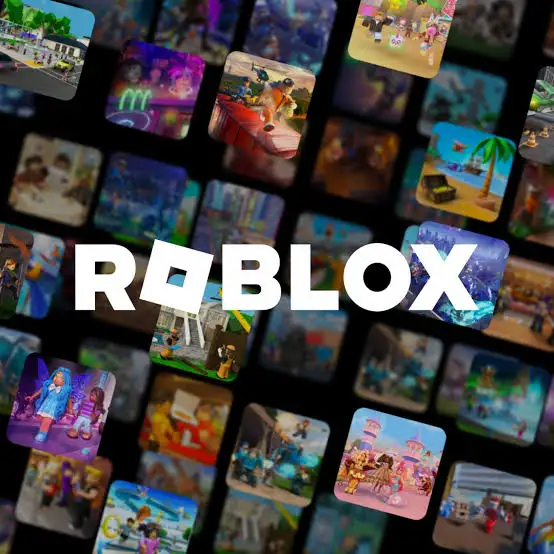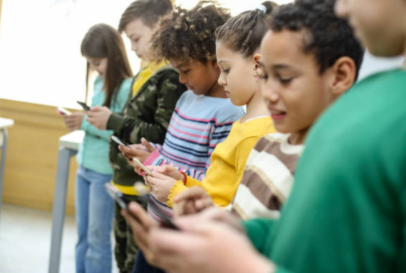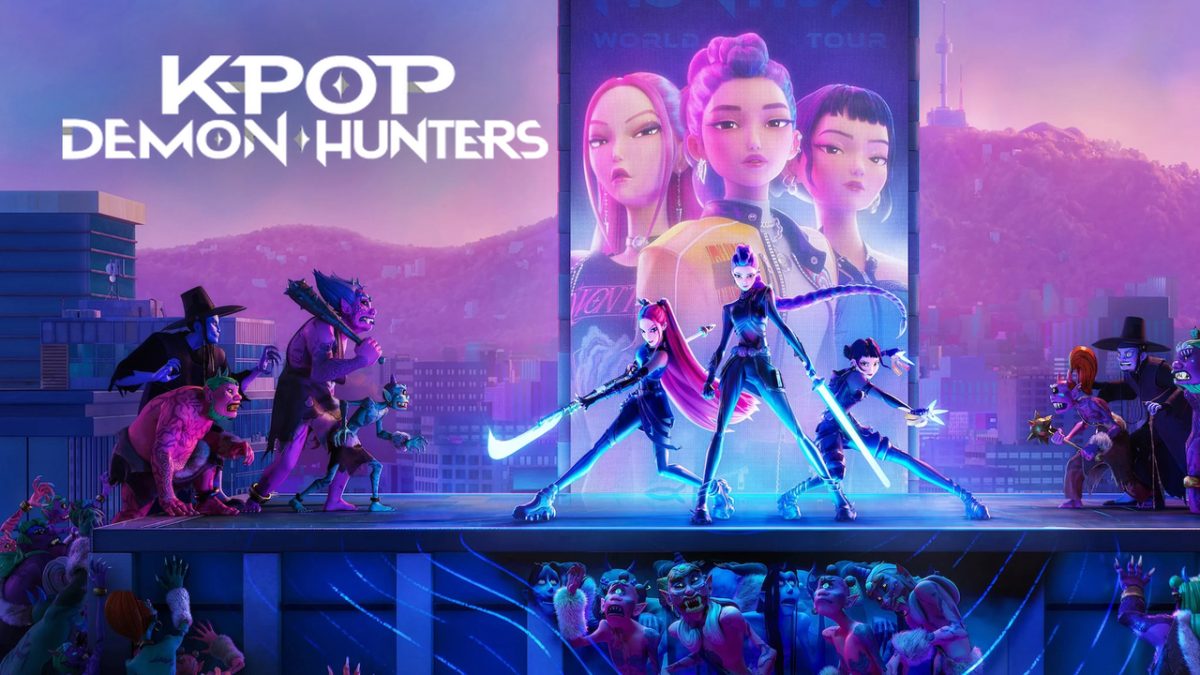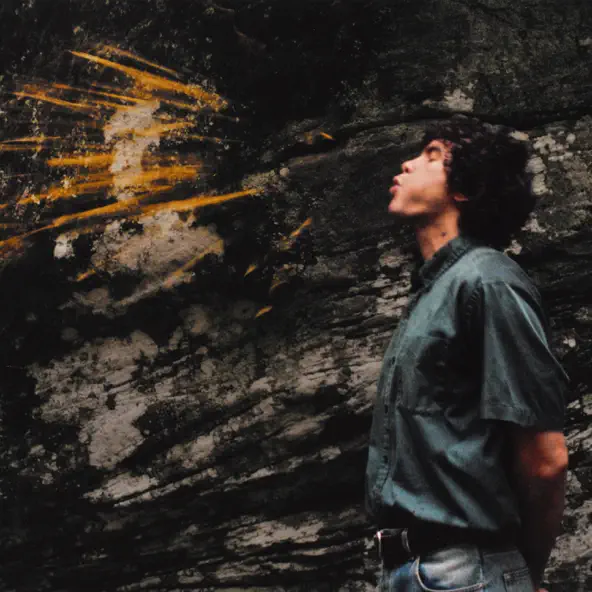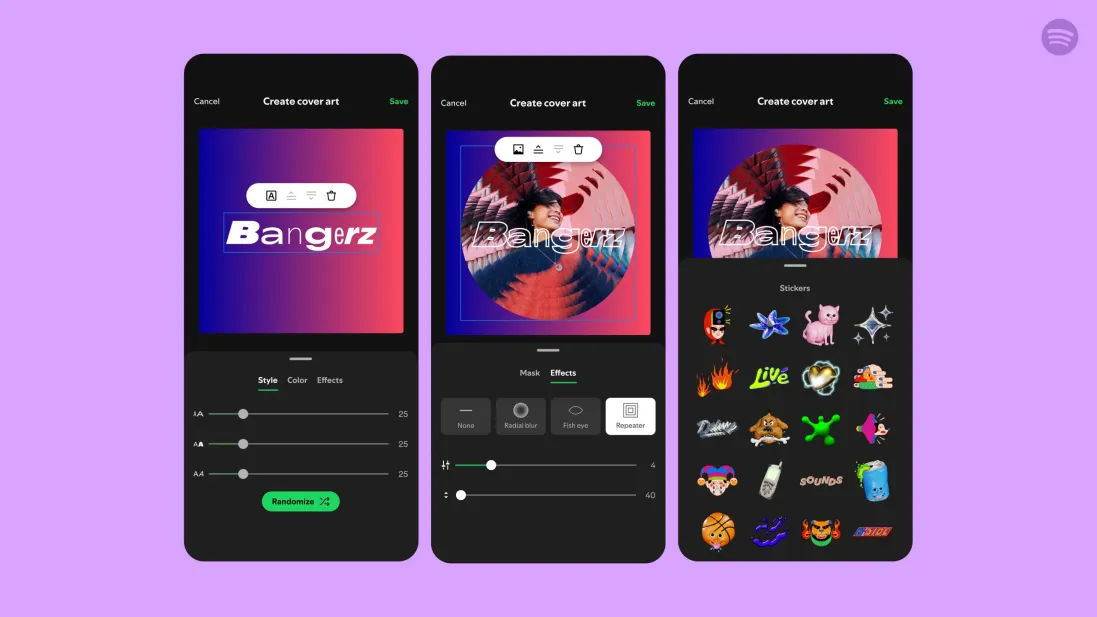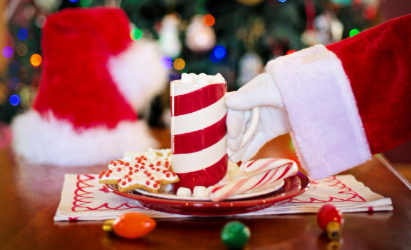On Oct. 26, 2024, Pasadena City College (PCC) collaborated with several K-12 school districts, including Alhambra Unified, San Gabriel Unified, and Arcadia Unified school districts to organize a “Science Day.”
The college offered high school students who plan to pursue science and engineering majors in the future a chance to conduct hands-on experiments. The activity began at 9 a.m. and ended at 12 p.m. in Science Village of PCC.
Prior to the actual laboratory experiment time, both Professor Loredo and her assistant asked all participants questions regarding allergies, concerns about the activity, and everyone’s levels of chemical knowledge. In a class of 15 students, most participants worked as a pair, with one group of three. The instructors also provided every participant with a pair of safety goggles.
Experiments Conducted
Students conducted a total of 10 hands-on experiments under instruction, and each received a packet to record their observations of the chemical reactions. Some examples of the chemical reactions conducted in this 3-hour section include:
- Neutralization: adding sodium hydroxide (NaOH) to hydrochloric acid (HCl), forming sodium chloride (NaCl) and water (H2O)
- Chemical formula: HCl + NaOH => H2O + NaCl2
- Neutralization: adding acetic acid (HC2H3O2) to sodium bicarbonate (NaHCO3, or “baking soda”)
- Chemical formula: HC2H3O2 + NaHCO3 => NaC2H3O2 + H2O + CO2
- “Let’s Make Silver!”: students mix dextrose (C6H12O6), ammonia (NH3 ), silver (Ag), and hydroxide (OH– ) together to form a silver-colored matter on the inside of a small bottle.
- Chemical formula: C6H12O6 + 2Ag(NH3)^2+ +3OH– => C6H11O7– + NH4+ + 2Ag+ 3NH3 + 2H2O
The activity is divided briefly into three sections, with students conducting three to four experiments in each section and 5-minute breaks between. Students had a chance to rest and recharge during these short breaks. However, food was not provided nor students were allowed to eat in the lab room due to safety reasons.
As students finished the 10 hands-on experiments and cleaned up their tables, they also observed two additional experiments from a distance—the “Carbon Snake” and “Screaming Gummy Bear”—conducted by Professor Loredo herself due to hazard concerns.
The chemical formula for the “Carbon Snake” reaction is as follows:
- C12H22O11(s) + H2SO4(aq) + 1/2 O2(g) => 11C(s) + CO2(g) + 12H2O(g) + SO2(g) + heat
Where C12H22O11 is commonly referred to as table sugar, H2SO4 (aq) is sulfuric acid, C is carbon, and SO2 (g) is sulfur dioxide gas.
The reaction is simply adding sulfuric acid into a beaker half full of table sugar, and left in the fume hood for the oxygen in the air to react with the mixture. It forms a huge, foamy carbon “snake” that is substantially larger than the beaker along with gasses—consisting of carbon dioxide, water vapor, sulfur dioxide gas, and huge amounts of heat.

Another chemical reaction, “Screaming Gummy Bear”, has a chemical formula as follows:
- C12H22O11(s) + 8KClO3(l) => 12CO2 (g) + 11H2O (g) + 8KCl (s)
Where C12H22O11 (s) is the gummy bear in this case. KClO3 (l) is molten potassium chlorate (solid in room temperature, heated to become liquid), and KCl (s) is potassium chloride.
Again due to hazardous reasons, the experiment is conducted by the Professor with safety goggles and gloves on at the fume hood. As the gummy bear is inserted into the tube of molten potassium chlorate (heated by the Bunsen burner), it immediately produces a purple flame and steamy gas. The gummy bear is then rapidly burned, leaving only some white, powdery residue on the bottom of the test tube.
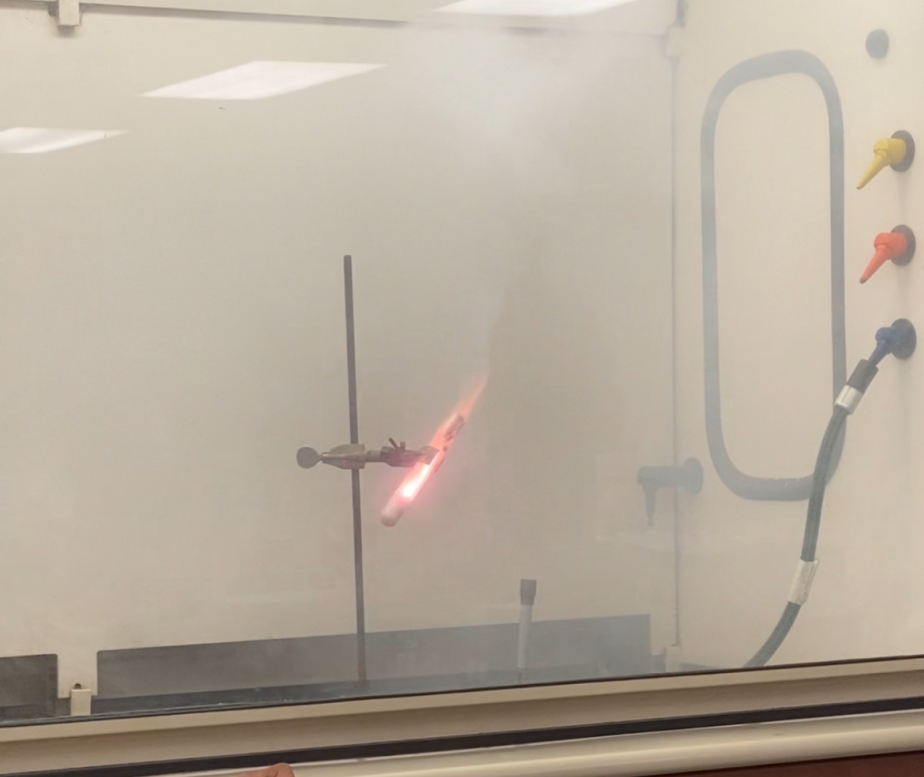
Key Takeaways from PCC Chemistry Day and Thoughts
Seeing such experiments up close makes my heart pounding out of my chest because of excitement! This chance to engage in hands-on learning is a priceless gem—I am a practical person who prefers to dive into real-world applications and see the science come alive rather than only learning from textbooks.
These experiment procedures written in this article will be those conducted in all science classes—biology, chemistry, and physics—regardless of high school or college levels. Therefore, students can build a strong foundation of scientific knowledge, showing that PCC Chemistry Day is helpful for sparking their interest in STEM fields and preparing them for future academic challenges.
Also, the activity helped students develop collaboration skills with others—especially those outside their social circle. Science should be, and is always going to be a team effort—you only understand more by sharing ideas and troubleshooting with others rather than solely mastering chemical equations on your own.
Finally, the activity is free, meaning students do not have to worry about their money and still have an opportunity to see science come alive without stressing over grades and tests. Teenagers deserve a chance for an open-ended exploration of science and creativity—it fosters their curiosity and confidence in trying new things—and I wish we could have more often.
Attending the PCC Chemistry Day deepens my love and interest for exploring how the world works on a molecular level with no doubt—science lovers should never miss out on this golden opportunity!
